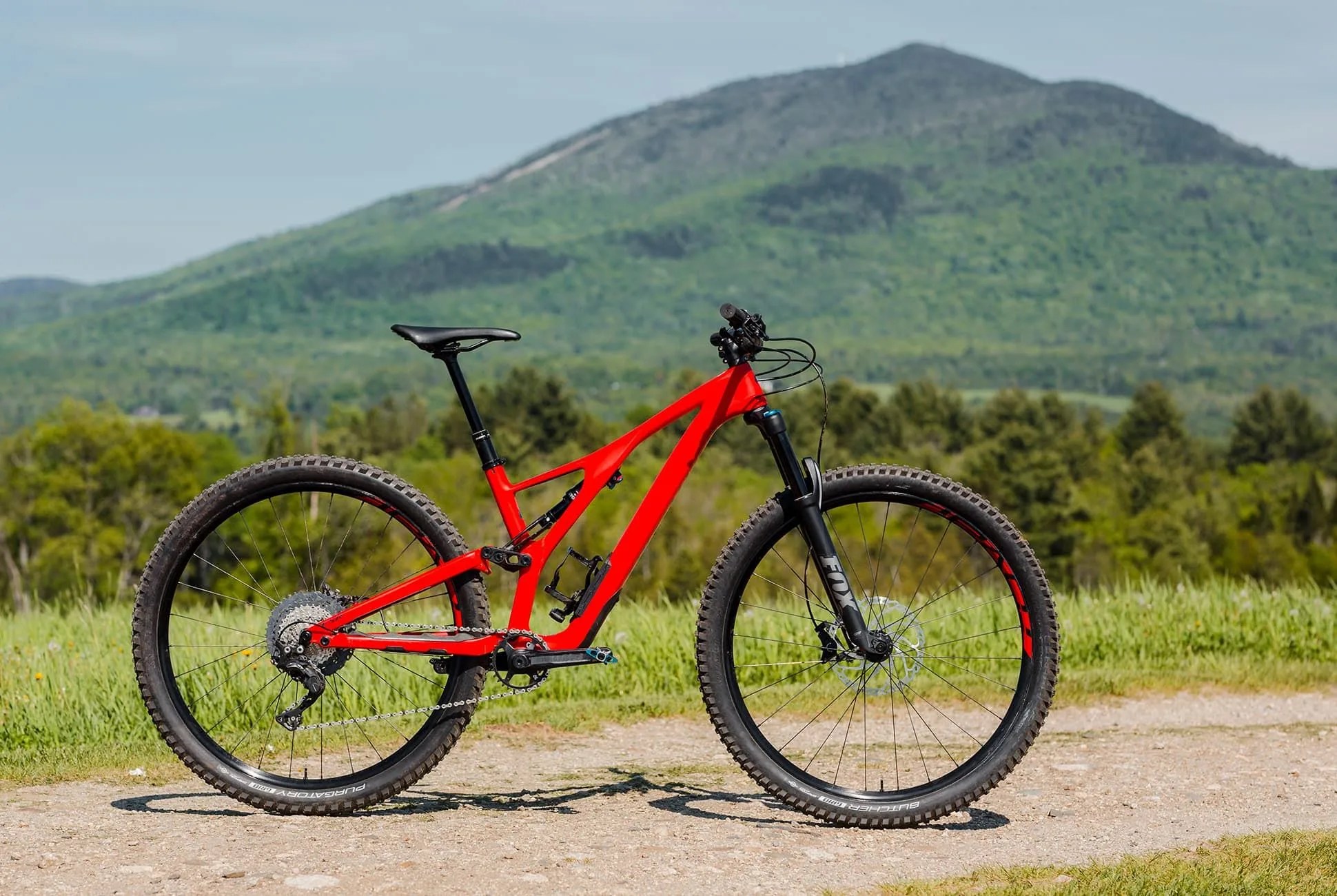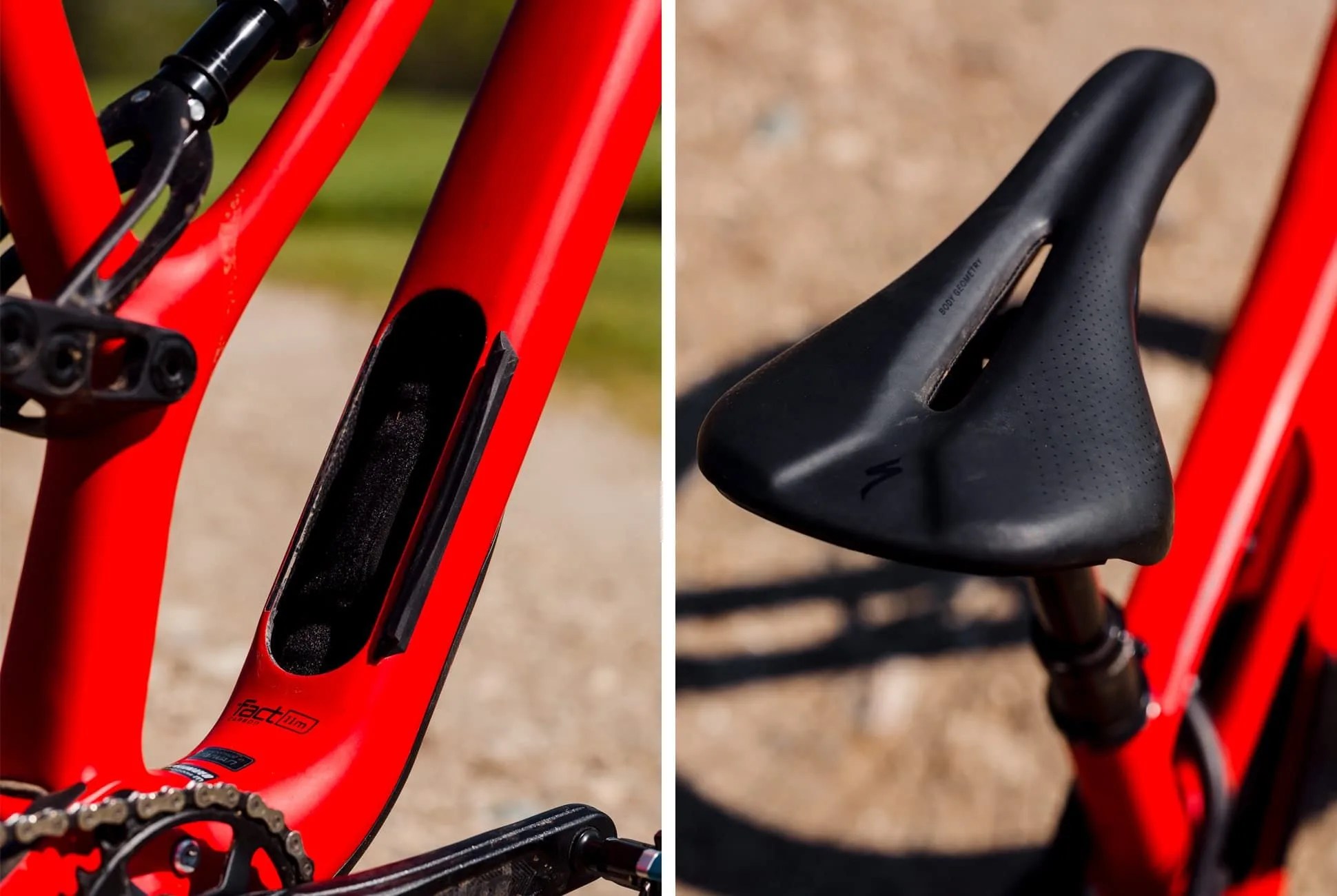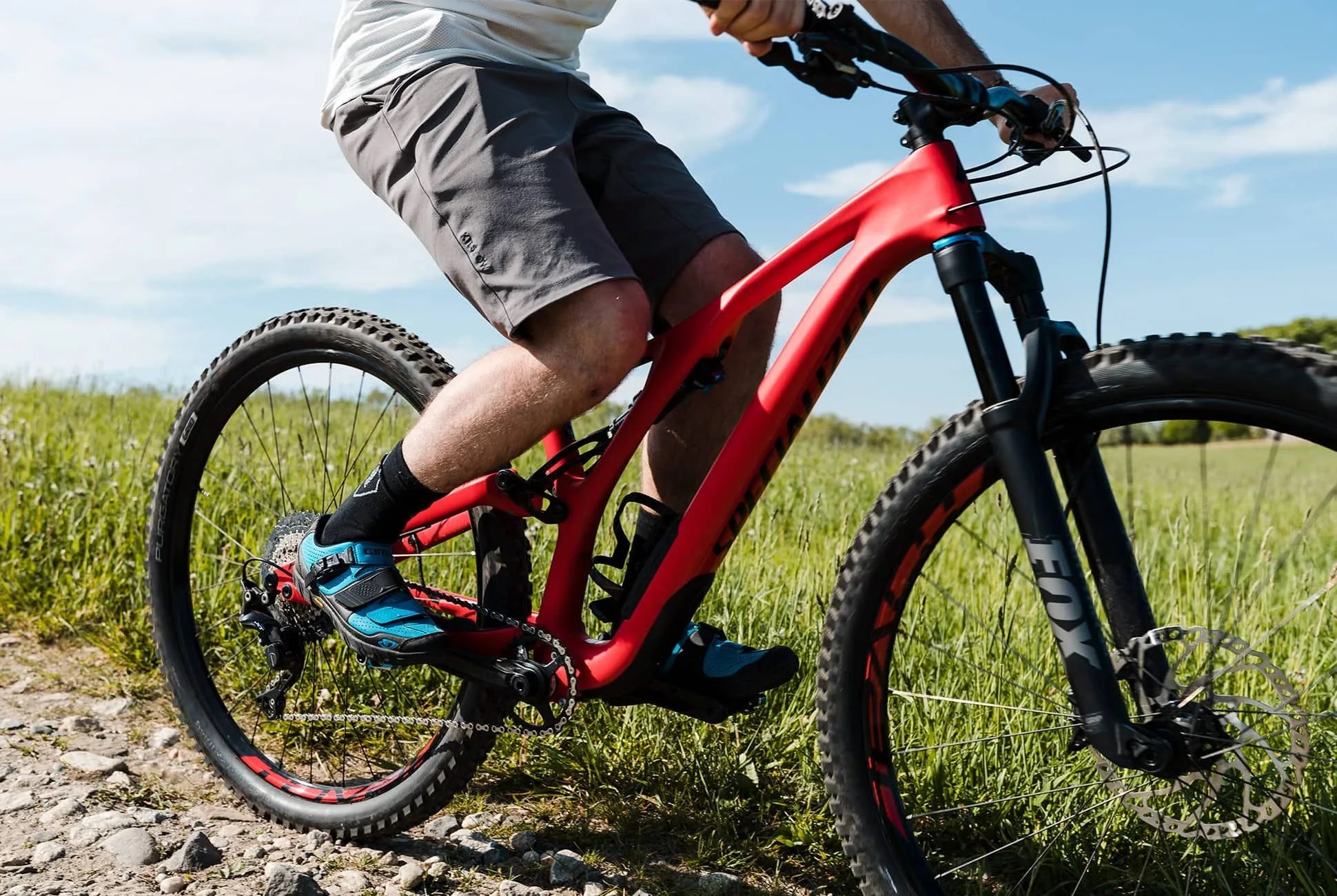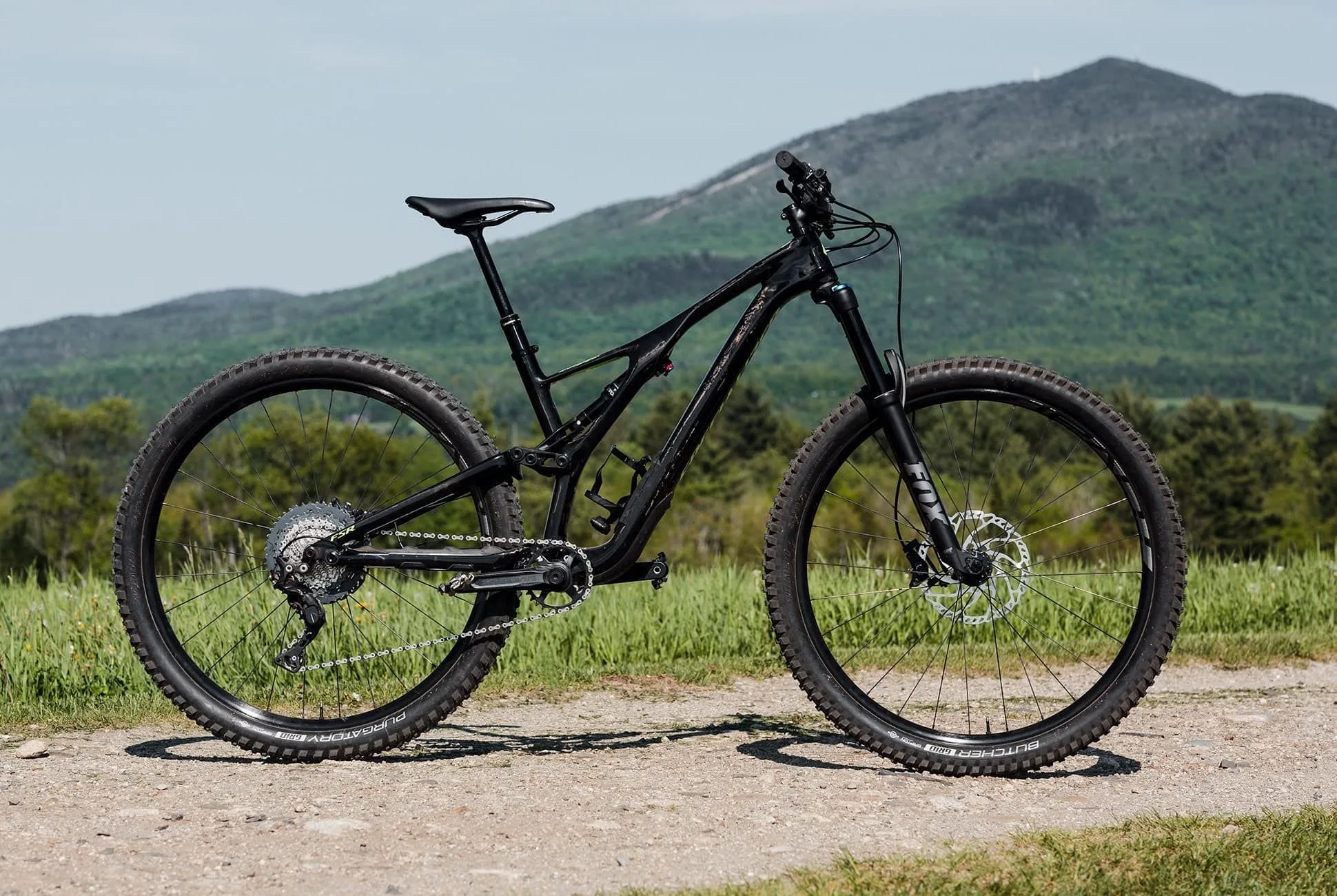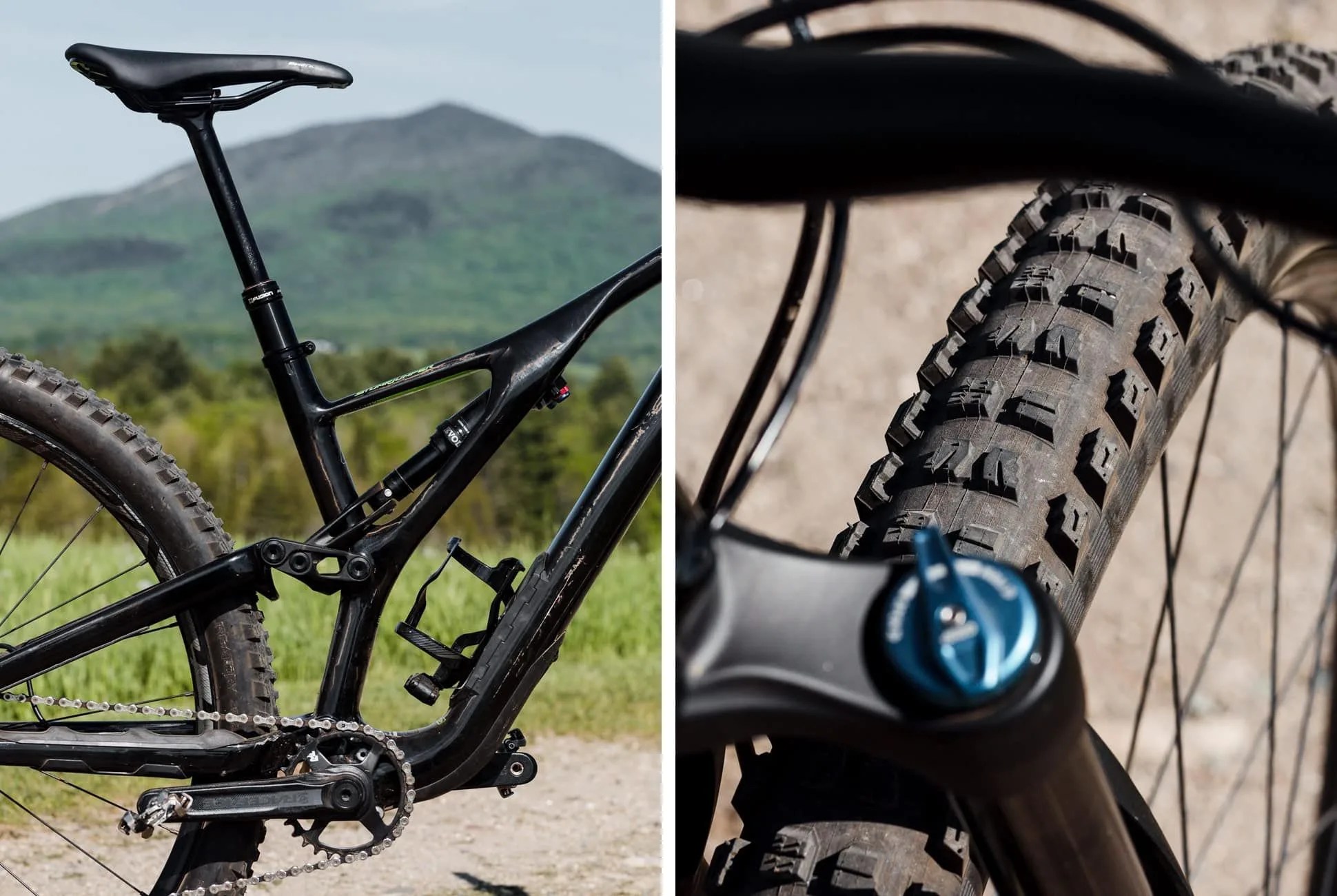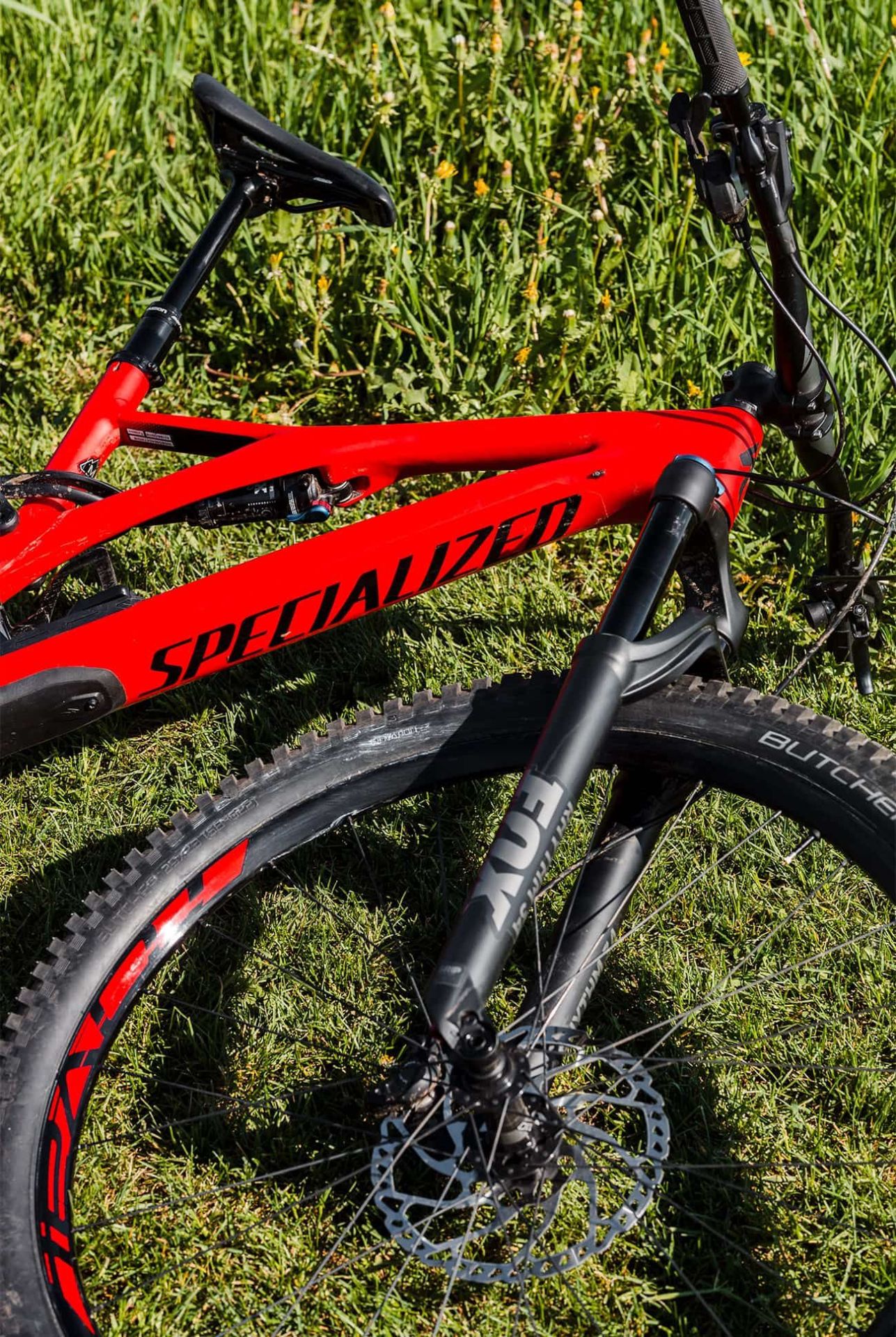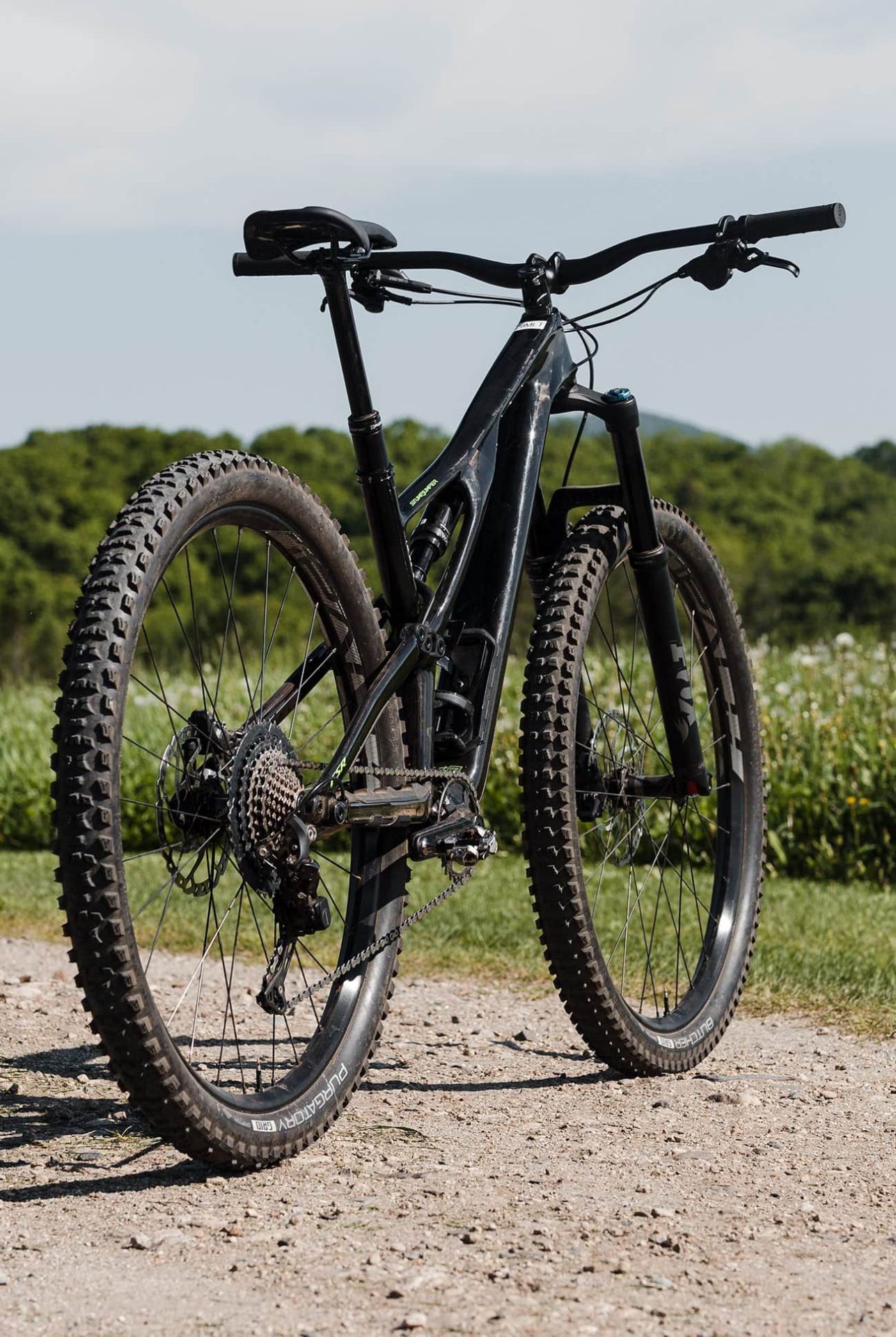7 photos
The Stumpjumper is not new. It’s been around since 1981 when Specialized introduced it as the first mass-produced mountain bike to hit the market. The bike has held a fixed position since and has acted as a benchmark for the category, but in its 37-year run, it’s also changed a lot (that first bike was constructed with a welded steel frame with no suspension and cost $750).
The latest entry is really three — in addition to the standard Stumpjumper, there’s the ST, which has less travel for increased agility and the EVO, which is slacker and more downhill-oriented. Each bike is optimized for particular riding styles and trail types, but all shoot for versatility — the bike employs a highly-innovative redesign that makes it capable of handling a range of riding styles from cross country to enduro. For this review, we rode the Stumpjumper ST and the Stumpjumper.
The Good: Specialized has worked to make this iteration of the Stumpjumper the most well-rounded and approachable yet. Offering three different versions is one-way address this — another is by making the frame both lighter and stiffer, improving both its uphill and downhill capabilities. The most notable design difference contributing to this is the asymmetrical sidearm that connects the rear end and shock to the front triangle. The company got to the final design by way of an approach that brought suspension designers and frame engineers together from the start.
There’s a lot to love when not riding too. For instance, Specialized has simplified the internal cable routing on the bike, making maintenance easy and mechanics happy. Specialized also did away with proprietary components that blocked customization in previous iterations — now, swapping shocks is fair game, as are tires up to three inches wide. Specialized also reverted from a press-fit bottom bracket back to the threaded BB system, and there’s additional adjustability supported by a “Flip Chip” system that changes the height of the bottom bracket by six millimeters.
Who It’s For: These days, there’s enough variety in mountain bikes that it’s hard to prescribe one specific model to a particular type of rider; personal preferences reign supreme and the smallest difference between any two bikes can create the largest impact. That being said, the 2019 Stumpjumper makes a hard play at casting a wide net through sheer versatility. Ride cross country or technical trails with equal parts up and down? The ST covers both. And if your tendencies skew more toward the downhill end of the spectrum, go for the classic. Both are fun everywhere.

